Coffee holds a place in our daily rituals, but knowing how to store coffee for long-term storage ensures you never compromise on taste or quality.
Proper storage methods not only maintain the coffee’s freshness but also uphold its integrity and flavor profile. This is especially true if you can’t imagine starting your day without a hot cup of coffee.
In this guide, we’ll talk about how to store coffee long term. We’ll also discuss the factors that affect their shelf-life so you’ll know how to keep your coffee fresh and flavorful for months.
So read on to learn how to ensure a delicious and comforting cup of coffee no matter the situation.
In This Guide
What’s The Best Way To Store Coffee?
Proper storage secures the full-bodied richness and aroma of your coffee. You need to store coffee in an airtight, opaque container at room temperature (68F – 77F or 20C – 25C) and away from light, heat, and moisture. Store whole beans instead of ground coffee for optimal freshness.
You can freeze it for extended storage, but use vacuum-sealed bags to prevent freezer burn. Consume within 3-6 months for the best flavor.
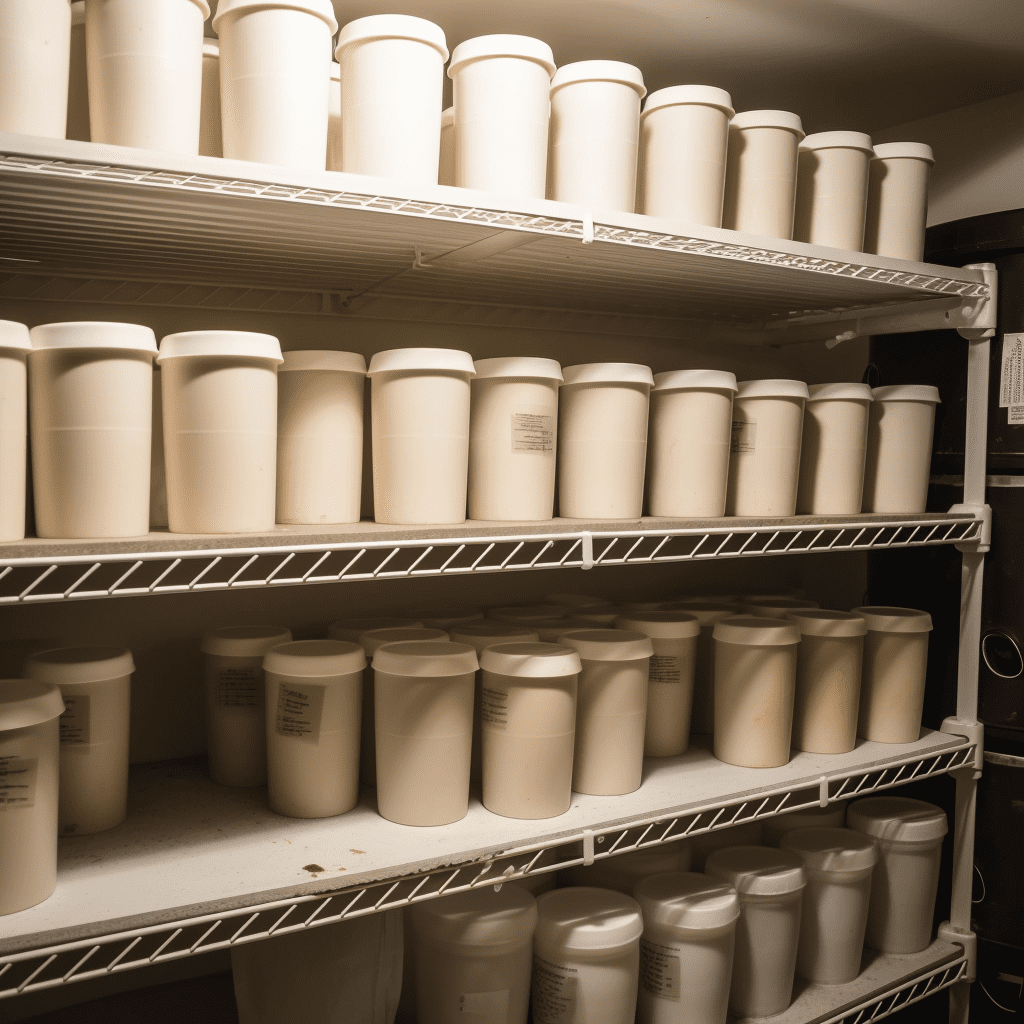
Importance of Coffee Storage
Overlooking proper storage diminishes the quality of your coffee. Freshness is important to a coffee’s overall taste and aroma. Here’s why:
Preserving Freshness
Storing coffee properly keeps it fresh for a longer period, so you can enjoy the best flavor possible years after harvest. Preserving the freshness of your coffee starts with understanding the role of oxidation. Introduce vacuum-sealing into your storage routine to combat this element-degrading process.
Coffee beans start to lose freshness right after roasting. Grinding coffee accelerates this process. Fresh coffee has a rich, full-bodied flavor, while stale coffee can taste flat and lifeless.
Retaining Flavor
The flavor of coffee is influenced by the oiliness of the beans. These oils, coupled with volatile compounds within the beans, give rise to distinctive tastes and aromas unique to different coffee types.
However, these oils and compounds are very susceptible to degradation over time. Maintaining flavor requires protecting coffee from outside influences.
Oxygen, ever-present, significantly challenges the depth of coffee’s taste. The right storage techniques protect and preserve the coffee’s unique flavor profile.
Maximizing Shelf Life
Coffee can remain fresh and flavorful for up to years, depending on the type of coffee and your storage conditions.
This gives you the option of buying coffee in bulk without worrying about it going stale before you can use it. It also lets you keep “emergency” coffee for years without having it lose freshness.
Does Coffee Go Bad?
Coffee doesn’t “go bad” in the traditional sense, it becomes stale and loses flavor. Monitoring your coffee’s age ensures you’re consuming it at its peak. Knowing the signs of spoilage, like mold and off-smells, helps you avoid health risks.
Signs of stale coffee include a lack of aroma, cardboard-like taste, and an absence of full-bodied flavor. If you notice these signs, it may be time to buy a new batch of coffee.
Shelf Life of Coffee
The shelf life of your coffee varies by form, each requiring distinct storage approaches. From whole beans to instant varieties, let’s explore how each fares over time.
Here’s a breakdown of the shelf life for different types of coffee:
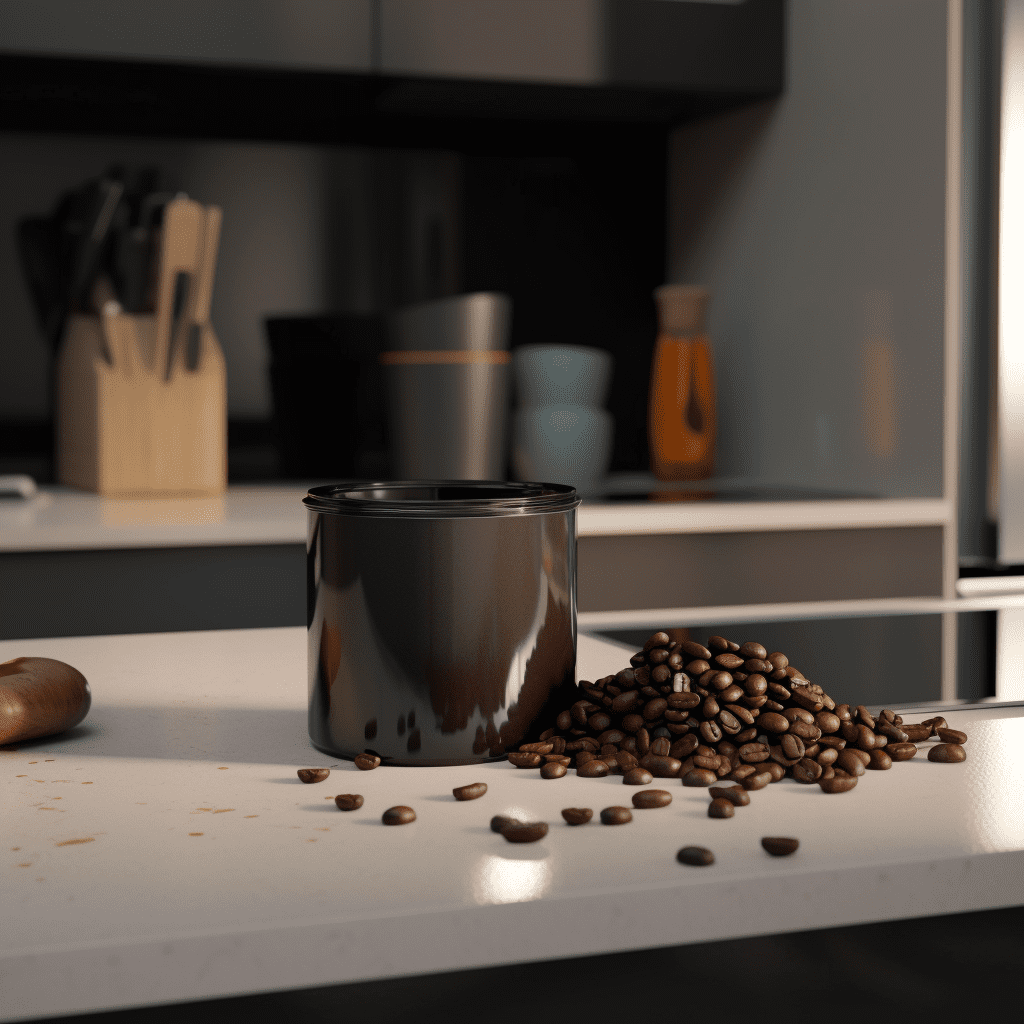
Whole Coffee Beans
Whole coffee beans have a longer shelf life than ground coffee, lasting two to four weeks after opening. It can also last anywhere from six months to a year when unopened. Investing in nitrogen-flushed bags can extend this period even further.
The protective shell of the coffee bean helps to preserve the oils and flavors inside. But how long can you store coffee beans? They can last up to twelve months when stored well. And an opened bag can last for up to one wee
Ground Coffee
Ground coffee has a short shelf life compared to other types of coffee. This is because it has more surface area than whole beans, making them more exposed to the elements.
But you can keep ground coffee fresh for months when stored properly. Its typical shelf-life lasts between five months when unopened and one and two weeks when opened. The best way to store ground coffee? Just place it on a pantry shelf and use opaque, airtight containers.
Also, a tip for storing ground coffee: Buy only enough for one week, store the rest, and finish opened packs within a week. That will give you enough ground coffee before it can go stale after opening.
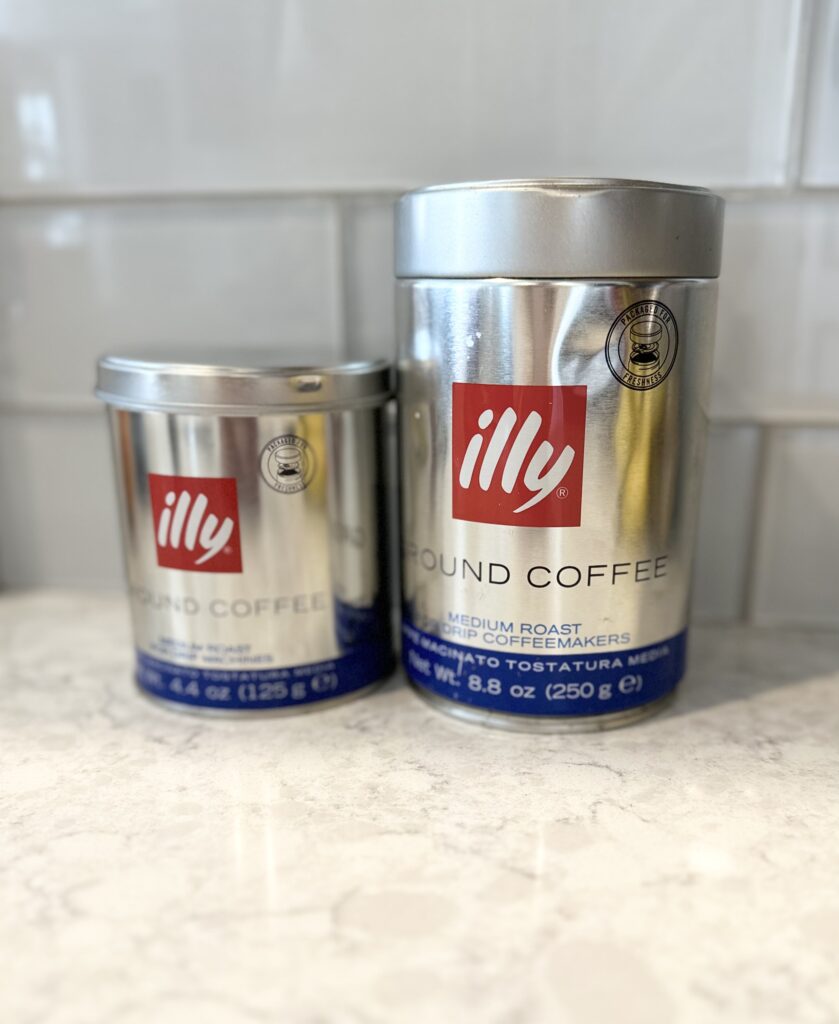
Instant Coffee
Instant coffee has a longer shelf life than other types of coffee. It lasts between a year and 10 years after opening the package or 10 to 20 years if left unopened.
The freeze-drying process used to create instant coffee removes most of the moisture. This makes it less susceptible to degradation over time. Keep it away from moisture to ensure it lives up to its promise of quick, hassle-free brews.
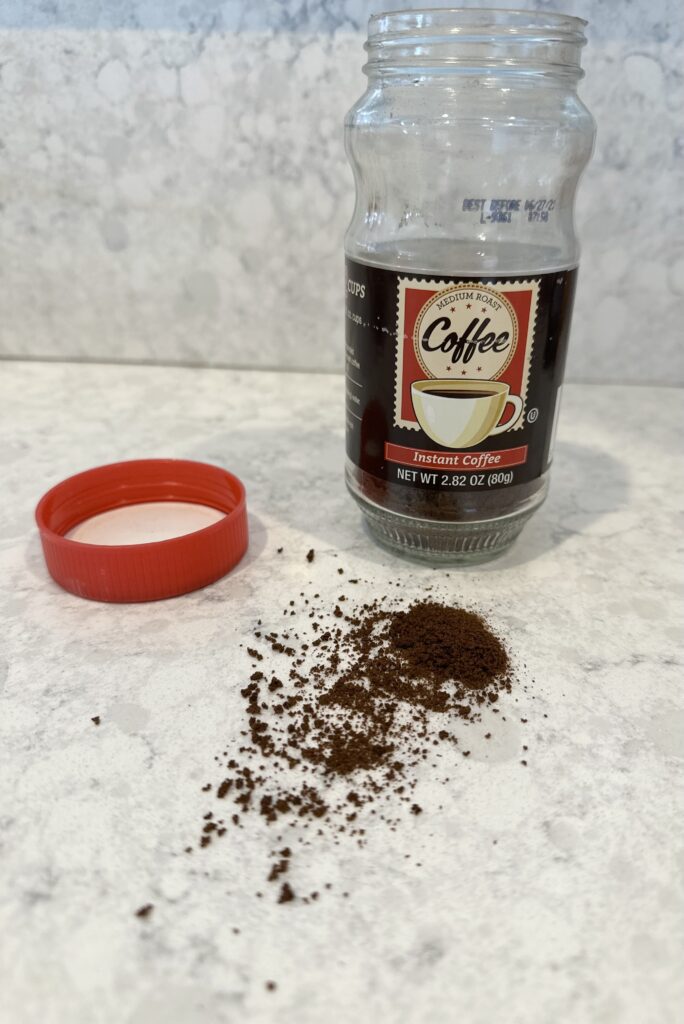
Fresh (Green) Coffee Beans
Fresh or green coffee beans have the longest shelf life of any coffee other than instant coffee. It lasts between six months and a year after harvest. Cold storage, as low as 50°F, can provide a long-term solution for them.
Green beans have a more stable natural oil than roasted coffee. And the stability of those compounds makes them better suited for long-term storage.
Factors Affecting Coffee Storage
When storing coffee, several factors can affect its freshness, flavor, and quality. Understanding these factors can help keep your coffee fresh and flavorful.
Temperature
Temperature fluctuations are one of the most critical factors in coffee storage.
- Extreme temperatures can impact the flavor of your coffee.
- High temperatures can cause coffee beans to lose their flavor and aroma.
- Cold temperatures can cause moisture to form on the beans, leading to staleness and mold.
- (68F – 77F or 20C – 25C) is best
Light
Direct sunlight causes coffee beans to lose flavor and aroma, resulting in poor-quality coffee.
Humidity
Excess moisture can cause coffee beans to become moldy and stale. Using desiccants offers an effective solution for this problem. That’s why it’s important to keep your coffee in opaque containers and in a dry place to prevent these issues.
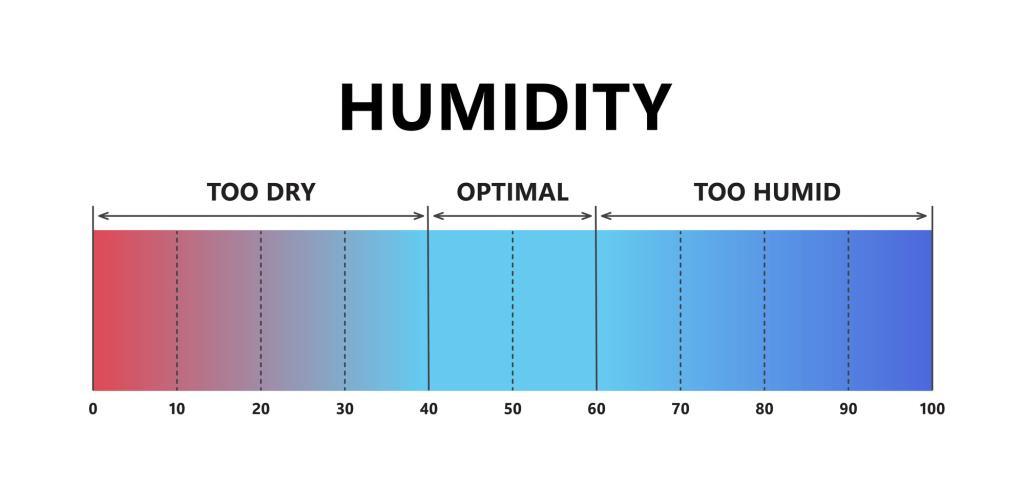
Air Exposure
Air, or more precisely, oxygen, is coffee’s natural enemy in long-term storage. Oxygen absorbers are therefore a valuable tool in your coffee-storing toolkit. Constant exposure to air can cause coffee to oxidize, resulting in stale coffee.
How To Keep Coffee for Long-Term Storage
Keeping coffee for long-term storage includes different methods which have their merits and drawbacks. Here are some ways to keep your coffee fresh for long-term storage.
Freezing Coffee
Storing coffee beans in a freezer is a hotly debated topic because frost might compromise the coffee’s quality. However, it can be an effective way to preserve the freshness of coffee beans. If you buy coffee in bulk, consider freezing some to extend its shelf life. Ensure you limit exposure to external odors, as coffee is highly absorbent.
Pros and Cons of Freezing Coffee
Knowing the pros and cons of freezing coffee aids in making an informed decision. While it extends life, it can also alter taste if done incorrectly.
Pros
- Freezing can slow down the oxidation process. This preserves the freshness of your coffee beans.
- Since freezing can preserve the freshness of coffee, it also extends its shelf-life.
Cons
- Freezing and thawing process can introduce moisture to the coffee beans. This can affect the taste and aroma of your coffee.
- Coffee beans absorb freezer odors altering the coffee’s taste and flavor.
Make sure to allow the coffee to come to room temperature before brewing. This prevents condensation from forming and ruining the flavor.
Using Air-Tight Containers
Use airtight, opaque coffee storage containers. Glass or ceramic options are preferable over plastic. These will protect your coffee from light, air, and moisture, ensuring it remains fresh and flavorful.
These will also prevent oxidation, which can cause your coffee to lose its flavor and aroma. Also, when opening it, minimize the amount of time the container is open.
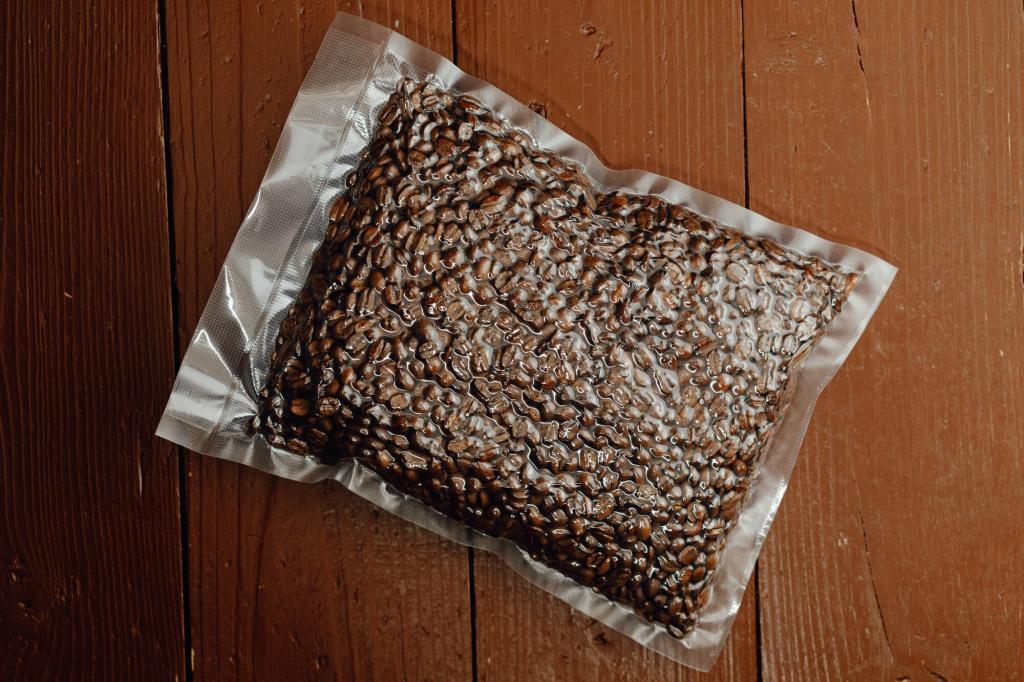
Vacuum Sealing
Vacuum-sealed containers work by minimizing air exposure, which helps keep your coffee fresh and flavorful for a longer period. This removes most of the air in the container, which can prolong the shelf life of your coffee. It pairs well with other methods like freezing or the use of oxygen absorbers.
Using Oxygen Absorbers
Using oxygen absorbers in tandem with other methods elevates your coffee storage game. By reducing the amount of oxygen in the container, you prevent oxidation from occurring, which can cause your coffee to lose its flavor and aroma. They are particularly useful when combined with vacuum-sealing.
Mylar Bags with Oxygen Absorbers
Mylar bags are airtight and opaque, providing excellent protection against light, air, and moisture. Combined with oxygen absorbers, they are arguably the most effective way to store coffee long-term.
The oxygen absorbers remove most of the oxygen from the bag, which helps prevent oxidation and maintain the freshness of your coffee. This method is ideal for those who buy in bulk and seek long-term options.
Organize and track your emergency food with identification labels for Mylar bags, ensuring you know exactly what's stored for your family's safety.
Each bundle includes premium 400cc oxygen absorbers, vacuum-sealed in sets of 10, to extend the shelf life of dry goods up to 30 years.
Nitrogen-Flushed Coffee
Nitrogen-flushed coffee is a newer storage method that involves replacing the air in a coffee bag with nitrogen gas. This process helps prevent oxidation and maintain the freshness of coffee.
These are a commercial but accessible solution for prolonged shelf life. They are especially suitable for whole coffee beans.
Nitrogen-flushed coffee can have a longer shelf life than other storage methods, making it a great choice for those who want to buy coffee in bulk.
FAQs About Storing Coffee Long Term
Can I store my coffee in the refrigerator?
Storing coffee in the refrigerator is not recommended. It can introduce moisture and odors that can negatively affect the flavor of your coffee. A cool, dry pantry or cupboard is a better storage option.
Is it better to store coffee in the original packaging or transfer it to a different container?
When opened, transfer your coffee to an airtight, opaque container. Higher-quality coffee bags may include a built-in seal and a one-way valve. If you don’t have a container, those can work.
Can I store different types of coffee together?
It’s best to store different types of coffee to avoid mixing flavors. Combining different coffees in one container can alter the taste of your coffee. Keep flavored coffee separate from unflavored coffee to prevent the transfer of flavors.

Key Takeaways On Storing Coffee
If you’re like me, there’s nothing better than a hot cup of coffee while sitting next to a fire on a crisp autumn morning.
Storing coffee properly is not just about ensuring longevity but preserving that rich, aromatic experience cup after cup. Mastering the art of coffee storage ensures a delightful coffee experience every time. Whether it’s the use of air-tight containers or grasping the significant role of oxygen, each strategy is indispensable.
Pro Tip: Pack some of your coffee in smaller containers or bags to be used for barter should SHTF.
So how do you store coffee long term? Share your thoughts in the comments below.
ABOUT THE AUTHOR
Bill Montgomery is the co-founder of Modern Day Prepping. He and his wife Angie have been dedicated to the self-reliant lifestyle since 2008. When he’s not working on the homestead, he enjoys tinkering with electronics and family movie nights with Angie and their two boys. To learn more about Bill, visit the About Us page.
If you want to know how to keep your family safe in the modern world, visit Privacy For Patriots, a sister site that Bill started to help fellow Patriots stay “off the radar” from bad actors and big tech.

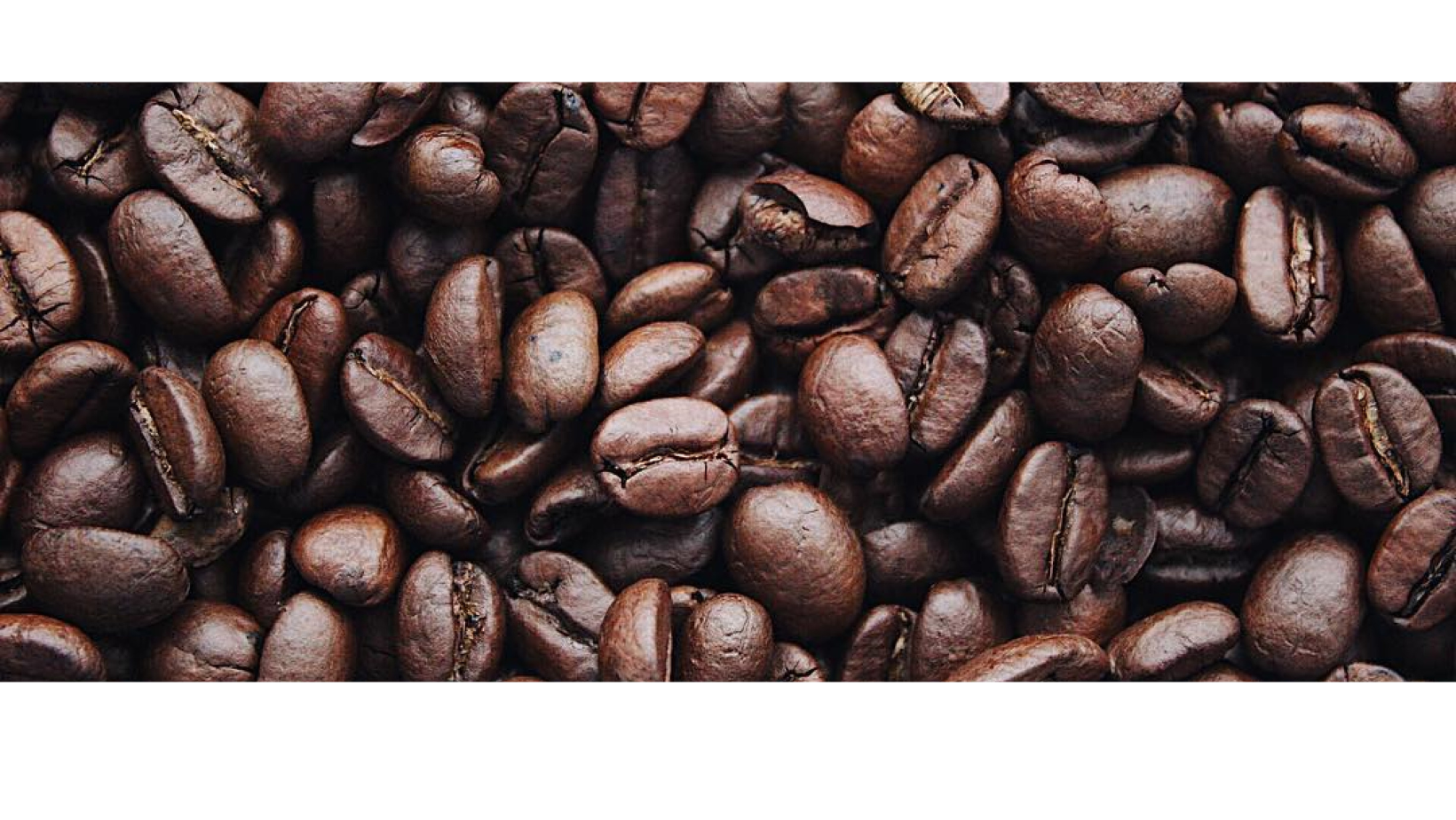

0 Comments